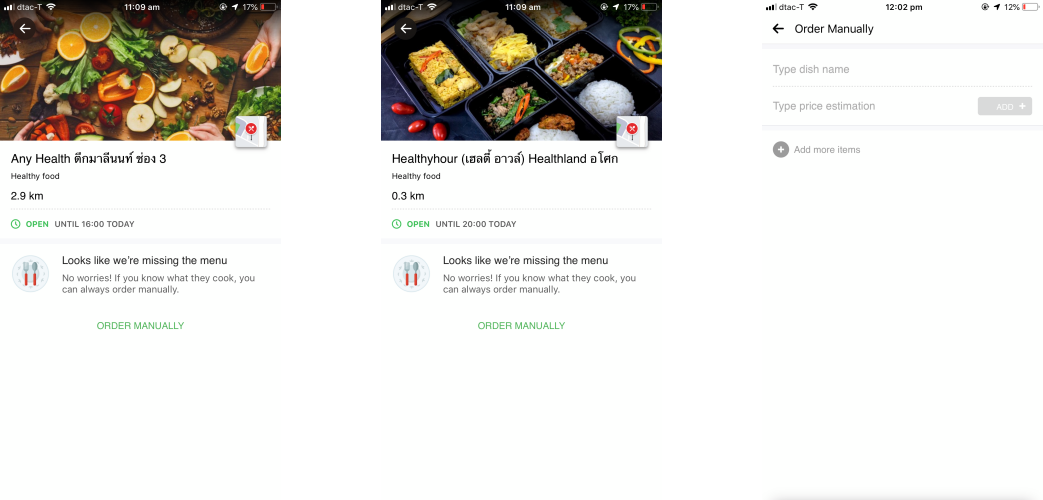Go-Jek is extending its reach in Southeast Asia after its Thailand-based unit made its official launch, which included the addition of a new food delivery service.
Get, which is the name for Go-Jek business in Thailand, started out last year offering motorbike taxi on-demand services to a limited part of Thai capital city Bangkok, now the company said it has expanded the bikes across the city and added food and delivery options. Get’s management team is composed of former Uber staffers while CEO Pinya Nittayakasetwat was recruited from chat app Line’s food delivery business.
Over the last two months, Get claims to have completed two million trips in the past two months. There’s no word on when Get will add four-wheeled transport options, however. On the food side, Get is claiming to have 20,000 merchants on its platform but there are some issues. Rumming through the app, I found a number of listed restaurants that didn’t include menus. In those instances, customers have to input their dish and price which makes it pretty hard to use.

Go-Jek’s Get app in Thailand doesn’t include menus for a number of restaurants, making it nearly impossible to order
Grab is the dominant player in Thailand, where it offers taxis, private cars, motorbikes, delivery and food across eight markets in Southeast Asia. Go-Jek rose to success in its native Indonesia, where it began offering motorbikes on demand but has expanded to cover taxi, cars, food, general services on-demand and fintech. Its investors include Google, Tencent, Meituan and Sequoia India.
That’s the same playbook Grab is using, but Go-Jek is taking its time with its market expansions. Thailand represents its third new market beyond Indonesia, following launches in Vietnam and Singapore. The Philippines is another market where Go-Jek has voiced a desire to be present — it has even made an acquisition there — but regulatory issues are holding up a launch.
Regional expansion doesn’t come cheap and Go-Jek is in the midst of raising $2 billion to finance these moves. It recently closed $1 billion from existing investors, and Deal Street Asia reports that it could raise as much as $3 billion for the entire Series F round. That’s likely in response to Grab’s own fundraising plans. The Singapore-based company closed $2 billion last year, but it is looking to increase that total to $5 billion with a major injection from SoftBank’s Vision Fund a key piece of that puzzle.
from TechCrunch https://ift.tt/2UdBEUe
via IFTTT
Comments
Post a Comment